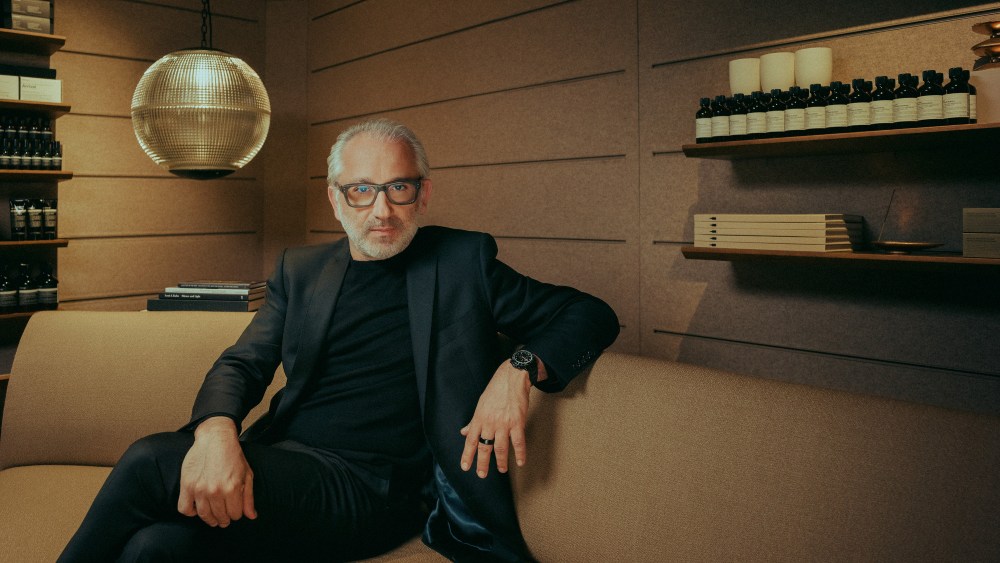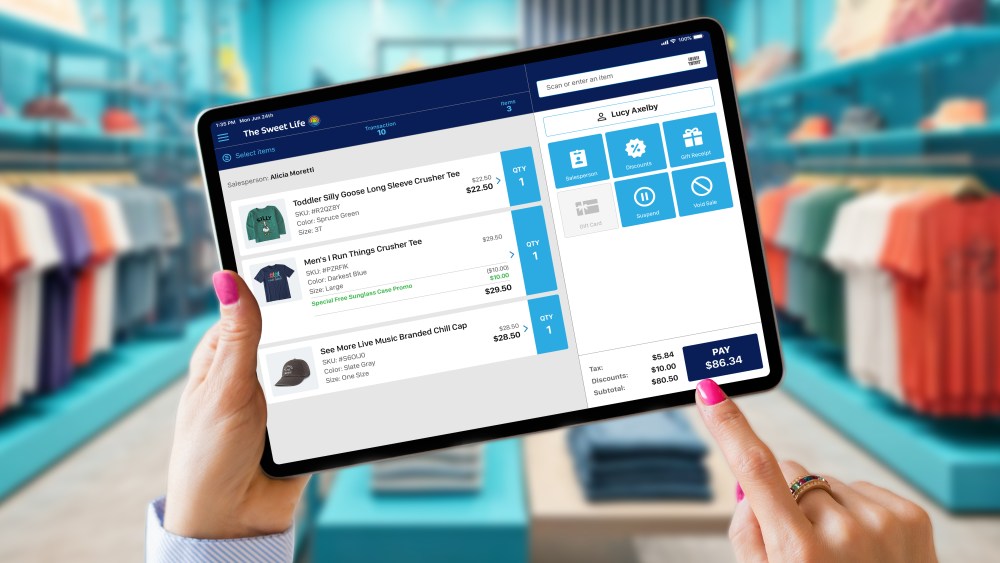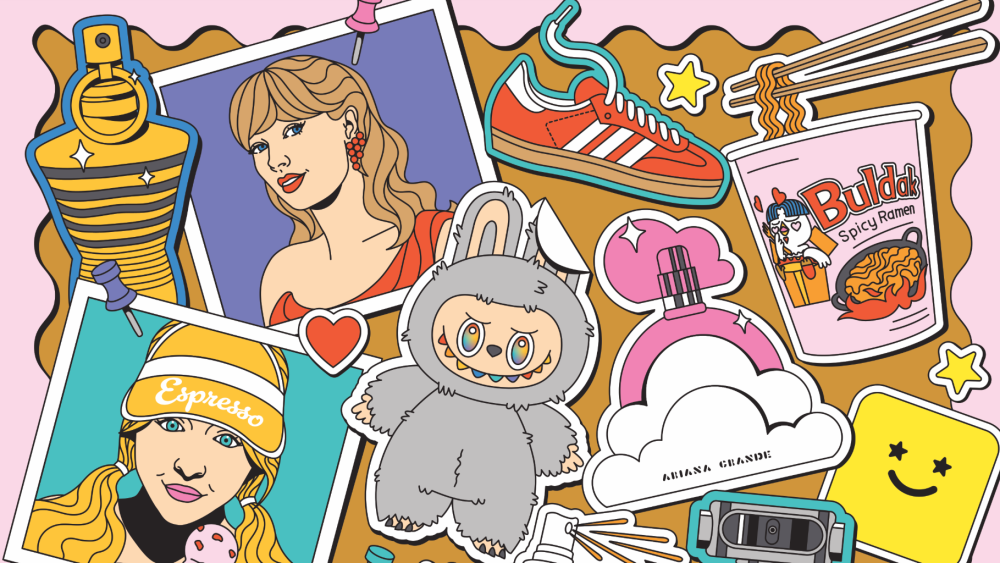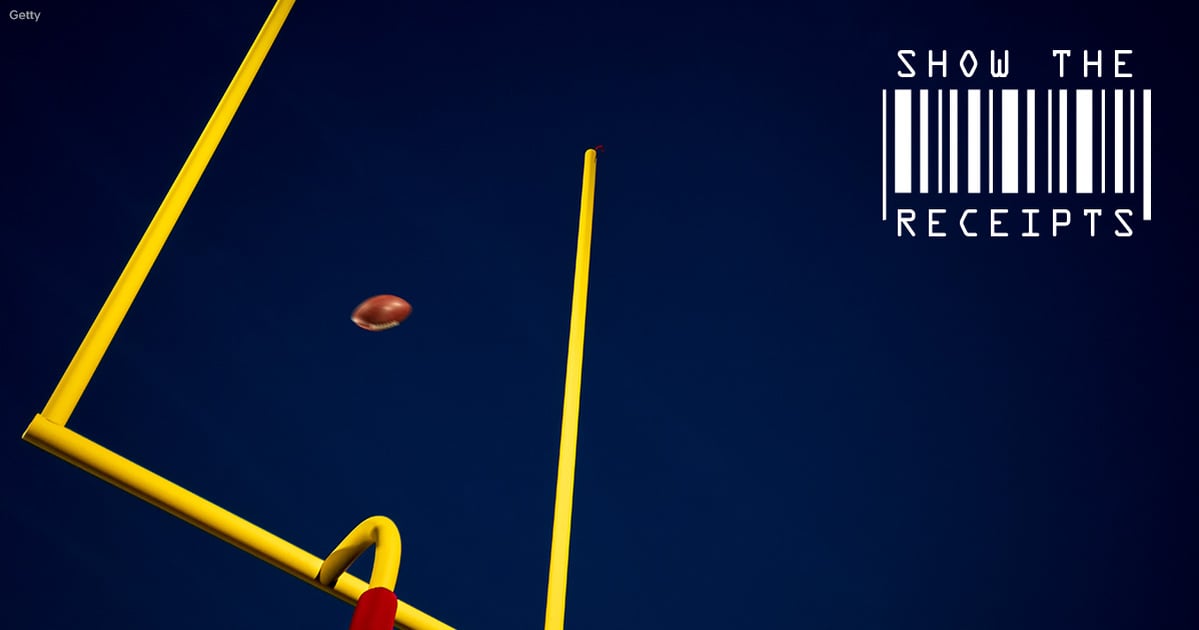Cyril Chapuy’s title may be president of L’Oréal’s Luxe division, but a more apt moniker would be cultural anthropologist.
While he has a large and beautiful office in L’Oréal’s worldwide headquarters in Paris, filled with art, books and assorted bibelots, it is not here where he’s strategized L’Oréal’s rise to be the leading seller of prestige beauty products globally. It’s out, in the field, in the markets of the world, be it a hot new restaurant in Kuala Lumpur or Roosevelt Field Mall in Long Island, New York, where Chapuy has honed his understanding of what constitutes luxury for consumers today — and how that should translate for the 27 brands that fall under his purview.
Related Articles
“In our business, if you don’t understand culture, forget it,” said Chapuy, the son of a doctor and an artist who thrives on the operational and emotional aspects of the business. It’s an approach that has garnered great success. Over the last five years, L’Oréal has solidified its position as the worldwide leader in fragrance, with five of the top 10 global bestsellers in the women’s category in 2024 and four in the men’s.

Overall, the Luxe division’s sales reached 15.59 billion euros in 2024 and it is the leading player in every key geography save travel retail, where, said Chapuy, L’Oréal deliberately pulled back amidst the ongoing challenges in that channel. According to the company, it sold four fragrances every second in 2024.
But Chapuy isn’t content to rest on such laurels. Instead, he’s laser-focused on driving uniqueness and desire across all categories, especially fragrance. That might mean olfactive innovation, for instance, or driving L’Oréal to be the leader in refillable fragrance bottles.
“Luxury is about permanently surprising, permanently disrupting, permanently enchanting consumers,” he said, during a wide-ranging interview in the company’s New York headquarters, “so even for fragrance growing by double digits, if you don’t keep bringing exciting stuff, consumers will get bored. We don’t want them to ever get bored. We’re the worldwide luxury leader in beauty and in fragrance, too, and we always want to keep this category very enchanting, very experiential and very surprising for consumers.”
What does it mean for L’Oréal to be the number-one luxury beauty player?
C.C.: It’s an incredible source of pride for our teams, because L’Oréal as a company is number one in beauty, but we were not number one in luxury, so that is what we were all dreaming of and we have been very strongly working on that for years.
It also gives us a great sense of responsibility. As a leader, you have to take a position that helps the market stay very dynamic, inspiring. It’s not — OK, we are the leaders and we’re happy. It’s — we’re the leaders and we want to keep developing this market and recruiting new consumers. The potential of the luxury business is still immense. If you look at the penetration rate of categories there’s a lot of room to grow.

What’s your assessment of the global market and the factors that have enabled you to get to this point?
C.C.: 2024 was the 14th year in a row where we gained market share. It’s been a lot of work by the teams. Why did we become leader? First, we have an incredible portfolio of brands — extremely complementary in terms of price levels between 20 euros and 500 euros, consumer targets we want to address and in geography. I’m a very strong brand believer and my teams are brand builders first. In luxury, the brand comes before anything.
Secondly, we have very strong innovations. When you have beautiful brands you need to innovate. If you have a beautiful brand that rests on its laurels, it can fade.
Then there is the team. Luxury is about being very creative, about being obsessed by excellence and details, and for this, you need teams. You can have teams that are enhanced by tech and AI, but you need talent, people who create, who design, who formulate incredible juices, who choose incredible materials for the bottle. You need beauty advisers — we have 26,000 around the world — who create this incredible one-to-one relationship with consumers that is the epitome of luxury.
On top of that you need a strategy to become the leader and where our strategy paid off is because we are very balanced across categories and regions. We’re number-one worldwide in fragrance and number two in makeup and skin care. We are number one in three of the four major regions. We’re also balanced by channel — offline and online. We’re not ultra-dependent just on offline or purely dependent on online, i.e., a relationship which might be more transactional and less experiential — we’re well-balanced between the two. Some of my colleagues and competitors are not as balanced between the channels.
Finally, our culture. L’Oréal Luxe is 35,000 people around the world and for the last three years I’ve been distilling this cultural obsession of what is luxury in beauty. When you have a big company you need a common language, a common currency, common criteria to look at when we discuss a new product, a new store opening, a new retail design. We’re not just a conglomerate of brands. We have a philosophy of luxury beauty on culture and creativity which is the way we work and think.
What are the emerging markets of the future for luxury?
C.C.: All emerging markets are booming in luxury because the upper middle class is growing. When the upper middle class increases, the luxury market increases, because there is a desire to indulge more in products that have a higher level of quality and excitement. So the Southeast Asian countries, Asia, Mexico — Mexico has become one of the top 10 countries in the world in luxury beauty now. Brazil and even Africa are growing very strongly. This desire for more quality, more elevation, more inspiration is very strong across all emerging markets. The market is at plus-10 and we are at plus-14 in emerging for L’Oréal Luxe.
I love to go to these markets and figure out how we are going to win there. I spend a lot of time traveling to countries like India, Indonesia, Malaysia, the Philippines. I love visiting to decipher and decode what we need to do, what brands have the best appeal for consumers, what specific innovations can we do — for instance, in fragrances, in emerging markets, there are certain olfactions that are preferred, certain ingredients. So you need to understand and decipher that if you want to succeed. It’s not just copy and pasting what you do in gigantic markets like China and the U.S.

What does a typical visit look like for you? I would imagine that you have an official schedule you have to keep but that you also like to go off piste sometimes.
C.C.: My routine is always the same. I spend the first day and a half in the field — not in the office. We go to stores, malls, home visits. You need to feel the market, understand the consumer in the field, not only through facts and figures.
Then I have strategy meetings with my teams where we discuss the quarter, the future, the building of the brands and businesses long term, what we need in terms of talents and investment. In the evening I love going to the places that are hot in the city to understand what is edgy and trendy right now. What’s the hottest restaurant in Kuala Lumpur? What’s the next rooftop you need to visit in Bangkok. You understand a lot when you go to these places. On top of that — it’s great team-building moments. I love to spend the time in the evening getting to know our leaders and teams better, asking them to explain their culture to me. Because in our business, if you don’t understand culture, forget it. If you don’t understand the kabuki theater culture in Japan then you don’t understand makeup in Japan. You don’t understand why they want to use eyeliners, which are the most precise on the planet. Or why do young Chinese have 10 fragrances at home when their parents have zero.
Why do they?
C.C.: Because for years in China everybody had to look the same, because if you stood out it was the opposite of the accepted approach. The young generation today are dying to be different, and fragrance is a way for them to express their personality.
Just as makeup has been used as a form of self-expression in the U.S. for years.
C.C.: Absolutely. More recently, that’s the case with fragrances in the U.S. with the young generation. They love to have a fragrance wardrobe. When I go in the sun I have my Sol de Janeiro, but when I go out at night, I have my Born in Roma. It’s all about self-expression.

Do you think we’ll see a levelling off of fragrance this year?
C.C.: I don’t think so. The penetration of fragrance in Europe for women is 70 percent. In the U.S. it is 52 percent and in China it’s 40 percent. In Europe — fragrance is very cultural — ever since Versailles it has been part of the beauty routine, so fragrance is extremely high in Europe, but it’s catching up in other regions. For men, the penetration is 56 percent in Europe, 38 percent in the U.S. and 29 percent in China. If we do a proper job to recruit new consumers, the category has a lot of potential and that’s why I challenge the teams to invent new ideas, new olfactions, new gestures. There are many ways to do fragrance and if you want to optimize penetration you need to cover all of these segments.
You have everything from accessible luxury to the very high-end. Is growth coming from one segment of the portfolio more than others or are you seeing it equally spread out?
C.C.: The segment of accessible fragrances is growing very fast. Some of our competitors are doing great work — Sol de Janeiro has done an amazing job with the fragrance mists. It’s accessible, fun, tasty. But all in all — all categories are successful. High-end collection fragrances are the most dynamic, but it starts from a smaller base. Today, the top of the market, collection or artisanal fragrances, are around 22 percent of the market worldwide. The middle section, blockbuster prestige fragrances like La Vie Est Belle, YSL’s Libre and Dior’s J’Adore — are around 45 percent, and accessible fragrances comprise the rest. So the market is pretty well-spaced across price levels, and as a leader, we want to play in all three segments.
When you look at luxury — especially in the U.S. — what’s your assessment of the distribution landscape?
C.C.: The very top of the pyramid needs the highest levels of quality and service. Take a brand like Aesop. We have around 90 doors in the U.S. and they are the top of the pyramid luxury experience. The design is exquisite. The location is always in the best streets, and the service, the quality of the time the consultant spends with you, is very high. We need experiences like that to keep developing the market. Department stores have understood that. Nordstrom and Macy’s have understood they need to elevate to attract the top of the market. They were slower to move in that direction versus what I’ve seen in other parts of the world, but I see it happening.
It’s a fantastic opportunity for them — valorizing what they can offer to consumers to differentiate from the very dynamic self-assisted distribution of Sephora and Ulta, which is very buoyant, energetic, incredibly trend-driven and exciting. But the quality of the service there — it’s not the number-one element of their strategy. You don’t sit down with the consumer for 20 minutes to choose a juice. At the end of the day — when you want to buy a fragrance at $350 like Valentino Sogno in Rosso — you don’t do it in two minutes in front of a gondola because it’s exciting. You need to have story telling about the way it has been formulated, the ingredients, you need to try it on your skin.
Amazon has become a leading prestige beauty retailer in the U.S. What are the implications of that and how do you think about creating a luxury experience on the platform?
C.C.: We were first movers with Amazon and we went because we truly believe they understood what luxury online has to be. It took us three years of top-to-top discussion and partnership to discuss what kind of experience and service the consumer should have, so it doesn’t feel like a downgraded luxury experience. They did a great job and consumers are happy. It’s not yet top-end luxury because that is very much for a physical experience and when you buy a product for 300 euros or 500 euros, the physical experience is fundamental, but for the rest of the luxury market, they did a great job and we are very happy to be their partners. Luxury is not about promotions all the time — it is about service, explaining the superiority and performance of a product, and all of this Amazon does really well.
What stores have you visited on this trip to New York?
C.C.: I started my day at Roosevelt Field, visiting Sephora, Ulta, Macy’s, Nordstrom Aesop, Kiehl’s. It’s interesting to see the way the U.S. team is expressing the brands and what the competition is doing. You cannot stay blindfolded in this business, you need to always know what your competitors are doing. Looking at competition is fundamental to me. That’s why I don’t like doing my job in my office. My office is nice to answer emails, but if I spend too much time there, I lose connection with consumers, the culture, the competition. You cannot discover competition in the Circana data. You can’t be like — ‘Oh my god! I didn’t know this brand was working.’ You better have spotted it when you were out in the field, especially since we keep being pretty active on acquisitions.

Any coming up?
C.C.: My job is to make sure we are crafted to win. So I’m always permanently looking at what brands could be interesting additions to our business. We just signed a long-term partnership with Jacquemus. I’ve been very excited and intrigued by what [designer] Simon [Porte Jacquemus] has created in the world of fashion. He is independent in an incredibly competitive field with powerful groups, he has incredible DNA, he brings a new take on fashion that is very refreshing that young consumers love. He is a very interesting man. Before I acquire a license or brand, I spend a lot of time meeting the people in charge, because for me the human factor in luxury is fundamental. When we acquired Youth to the People we spent almost three years talking to them. Looking at potential new brands is an important job and not something that you do in a hurry. You take your time, you observe, you see if brands have a real potential or if it’s just a temporary success.
You’ve spent all of this time getting to know Jacquemus. How will you translate that into commerciality?
C.C.: The way we work is based on a permanent dialogue. We take inspiration from them because they know their brands better than anyone, but we know beauty better than anyone. So my team visits Simon, sometimes with me, most of the time without me. Simon explains to them what he dreams of, shows them images, shares scents from his childhood that he likes. Taking inspiration from everything he tells us, we create and come back to him and make propositions. It’s a creative process back and forth, made of surprise, made of moments where we have doubts, where we get very excited. You have to take time to create good stuff.
So it’s going to take us two, two-and-a-half years to create what we want to create together with him, the same way that when we started working with Madame Prada before Paradox was born. We want to make sure that what we do is very creative and different. Luxury takes time. Luxury is not (snaps fingers) something that should be in a hurry.
Which is somewhat paradoxical, because today we talk so much about speed and agility.
C.C.: You need speed and agility, but you need to launch in luxury when you think you have reached a certain level of creativity, excellence and excitement. Luxury is not a business in which you should launch tons of stuff just to launch stuff. The consumer is very smart and if they look at a product and ask, “why is it more expensive than what I can buy from mass market brands or dupe brands, why should I buy it?” — well, your launch is useless.
What’s the most luxurious purchase you’ve made recently?
C.C.: I love fashion and design, so probably the most luxurious is my kitchen made by Boffi. It takes time to design a beautiful Boffi kitchen. Fashion-wise, I love this Saint Laurent bag — it looks like a women’s bag because you can put so much stuff in it but it’s a men’s bag. I love fashion, accessories, design, it is part of my culture, my passion. My mother was an artist, my father was a doctor, so I have the rational facet and the emotional facet. I love visiting the designers I work with, but I love going to the factories, too, spending time on the lines, talking to the workers who are producing the products. I love spending time with the finance guys. In my job I need to have both.



